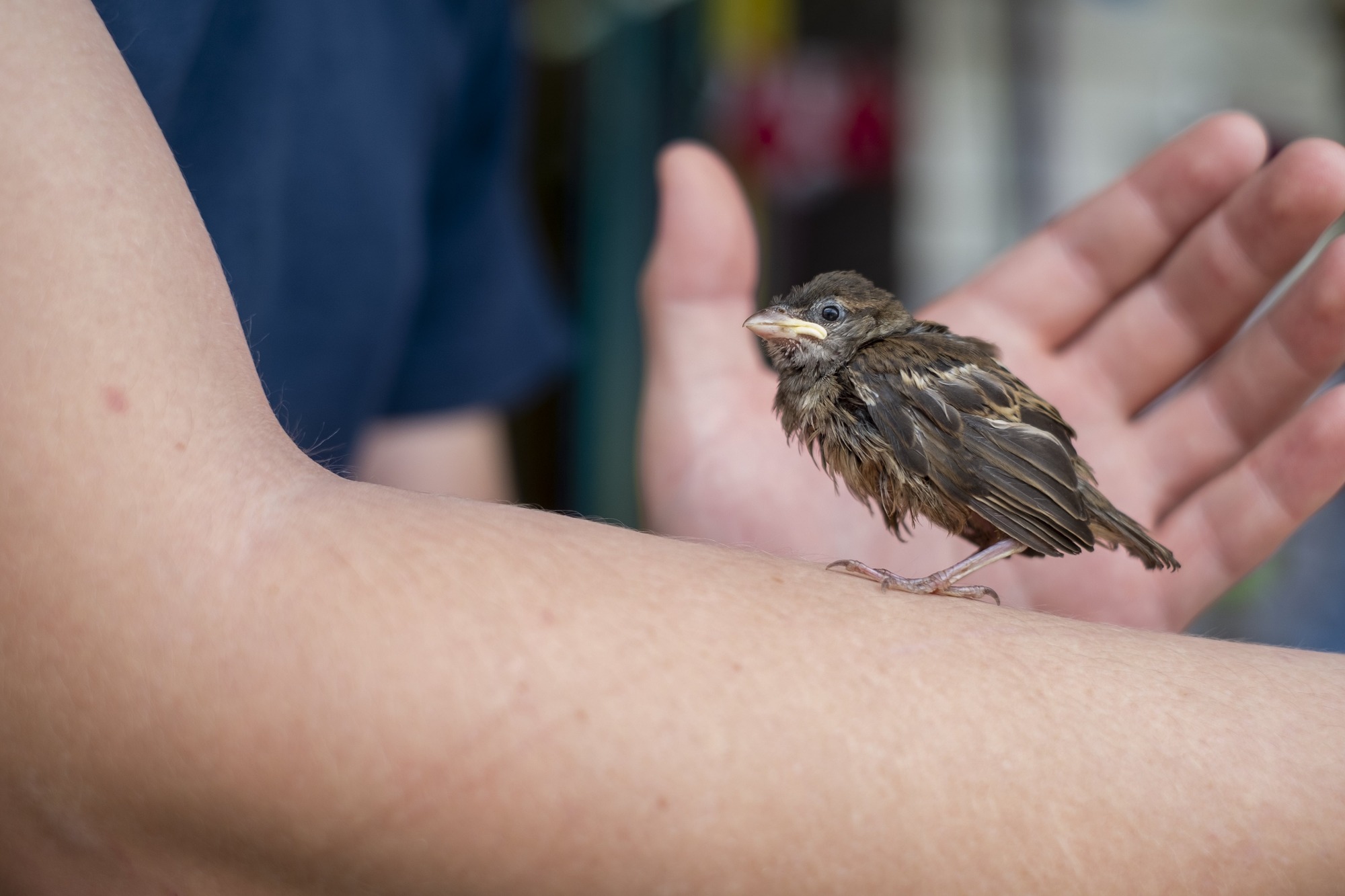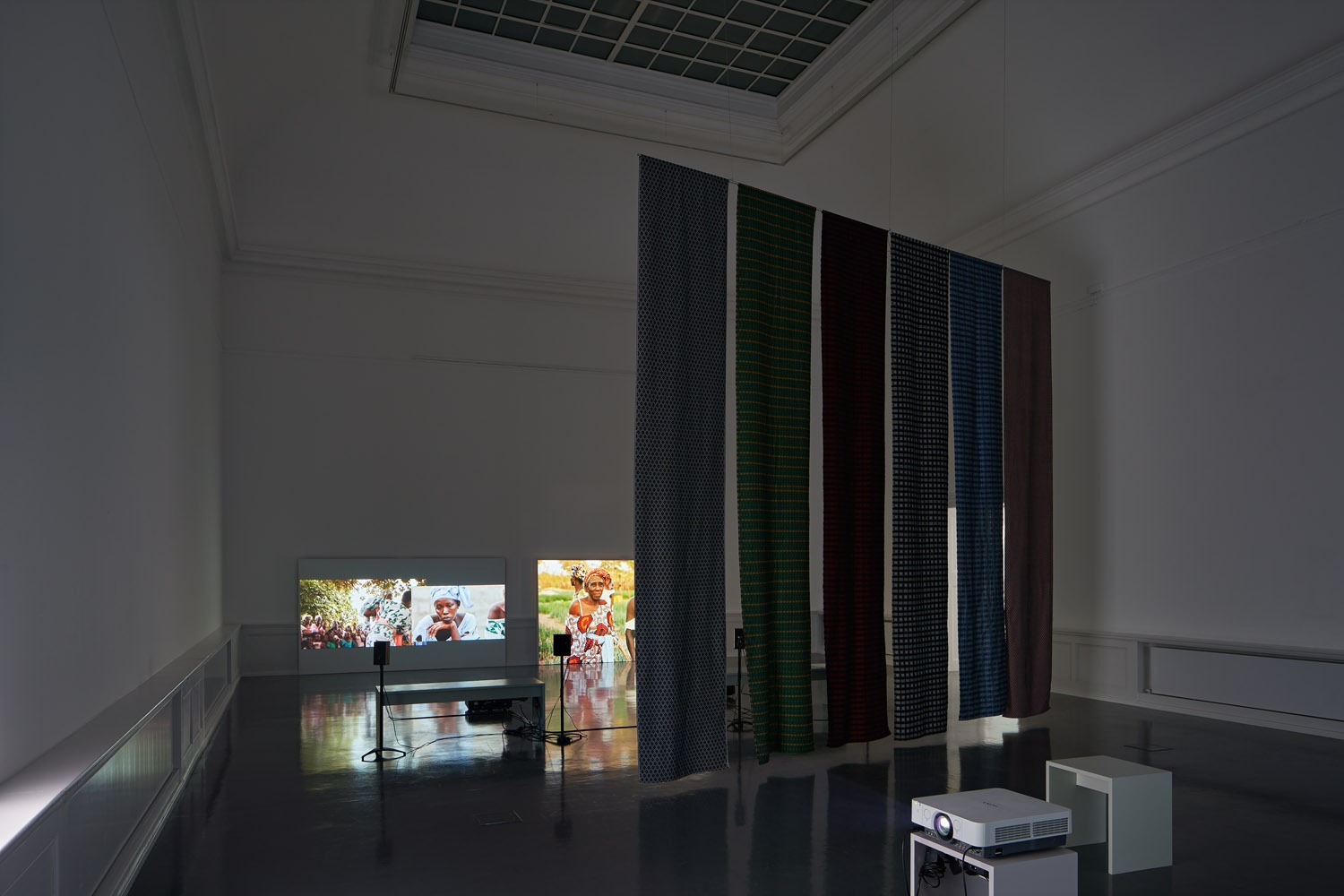Gitte Villesen
It changed radically: grew fur again, lost it, developed scales, lost them
08 Oct - 05 Dec 2021

Gitte Villesen, It changed radically: grew fur again, lost it, developed scales, lost them, Still image, 2021.

Gitte Villesen, It changed radically: grew fur again, lost it, developed scales, lost them, Exhibition view, 2021. Photo: Stephan Baumann, bild_raum

Gitte Villesen, It changed radically: grew fur again, lost it, developed scales, lost them, Exhibition view, 2021. Photo: Stephan Baumann, bild_raum

Gitte Villesen, It changed radically: grew fur again, lost it, developed scales, lost them, Exhibition view, 2021. Photo: Stephan Baumann, bild_raum
With a contribution by Beverly Buchanan. In cooperation with Dental, Chiara Figone, Joerg Franzbecker, Emma Wolf-Haugh and Saidou Ndiaye
Badischer Kunstverein presents Gitte Villesen (*1965, DK) in a solo exhibition accompanied by a special programme of education and events. The exhibition focuses on current projects, including two new works produced for the Kunstverein. Until a few years ago, Gitte Villesen developed her primarily filmic and photographic works as situational encounters with protagonists who are present not just through the moving images of the video footage, but also as important dialogue partners. Villesen’s practice of telling and re-telling as forms of manifold montages of the encountered, the staged, and the archival is continued in her recent projects, but extended through pervasive references to feminist science fiction. In the video installation There is an Affinity (2019), Villesen combines a drawing of greatly enlarged soil organisms by the botanist R. H. Francé (1874-1943) with a quotation from science fiction author Octavia E. Butler.
Another explicitly audiovisual affinity unfolds in the newly-produced video work that gives the exhibition its title: A ramble through real and fictional landscapes tells the story of how languages are created and signals transmitted. The recordings point toward fragility, sensitivity, but also strength; characteristics that can be found in phenomena as diverse as mimosa or dyslexia. Through references to the activist practices of the artists Claude Cahun and Marcel Moore, The Flyers of Lucy and Suzanne (2021; together with Joerg Franzbecker) demonstrate how prevailing assumptions concerning eccentric, non-male persons can be deployed as the basis for conspiratorial practices. Particular noteworthy are the presentation of works by Beverly Buchanan (1940–2015), which have accompanied Villesen's artistic practice for several years.
Badischer Kunstverein presents Gitte Villesen (*1965, DK) in a solo exhibition accompanied by a special programme of education and events. The exhibition focuses on current projects, including two new works produced for the Kunstverein. Until a few years ago, Gitte Villesen developed her primarily filmic and photographic works as situational encounters with protagonists who are present not just through the moving images of the video footage, but also as important dialogue partners. Villesen’s practice of telling and re-telling as forms of manifold montages of the encountered, the staged, and the archival is continued in her recent projects, but extended through pervasive references to feminist science fiction. In the video installation There is an Affinity (2019), Villesen combines a drawing of greatly enlarged soil organisms by the botanist R. H. Francé (1874-1943) with a quotation from science fiction author Octavia E. Butler.
Another explicitly audiovisual affinity unfolds in the newly-produced video work that gives the exhibition its title: A ramble through real and fictional landscapes tells the story of how languages are created and signals transmitted. The recordings point toward fragility, sensitivity, but also strength; characteristics that can be found in phenomena as diverse as mimosa or dyslexia. Through references to the activist practices of the artists Claude Cahun and Marcel Moore, The Flyers of Lucy and Suzanne (2021; together with Joerg Franzbecker) demonstrate how prevailing assumptions concerning eccentric, non-male persons can be deployed as the basis for conspiratorial practices. Particular noteworthy are the presentation of works by Beverly Buchanan (1940–2015), which have accompanied Villesen's artistic practice for several years.
